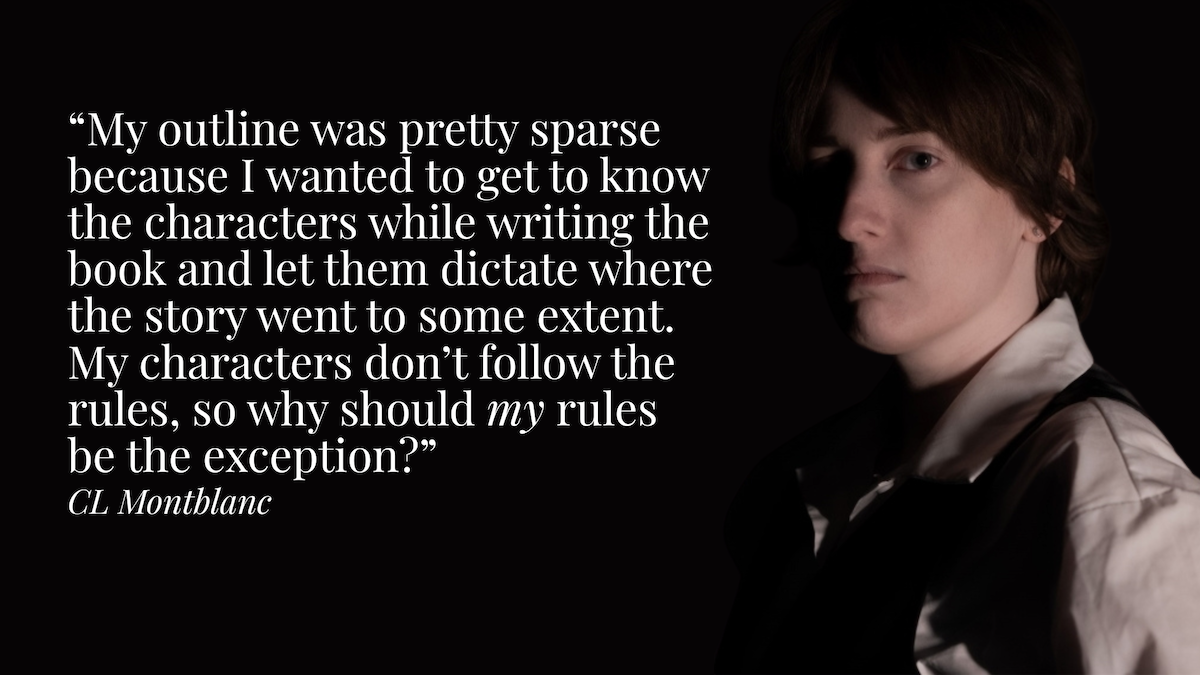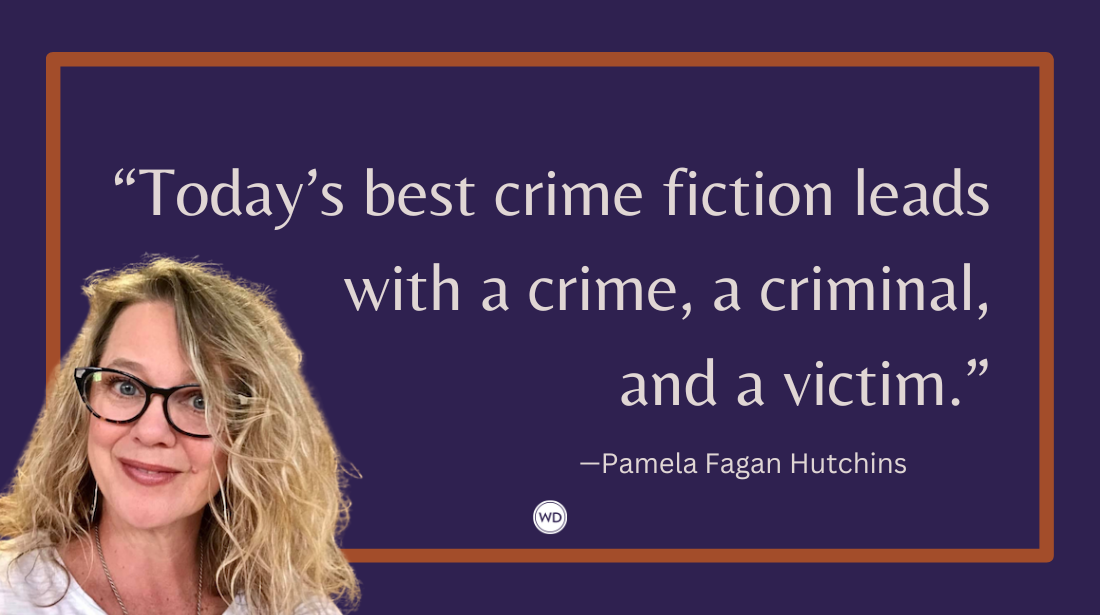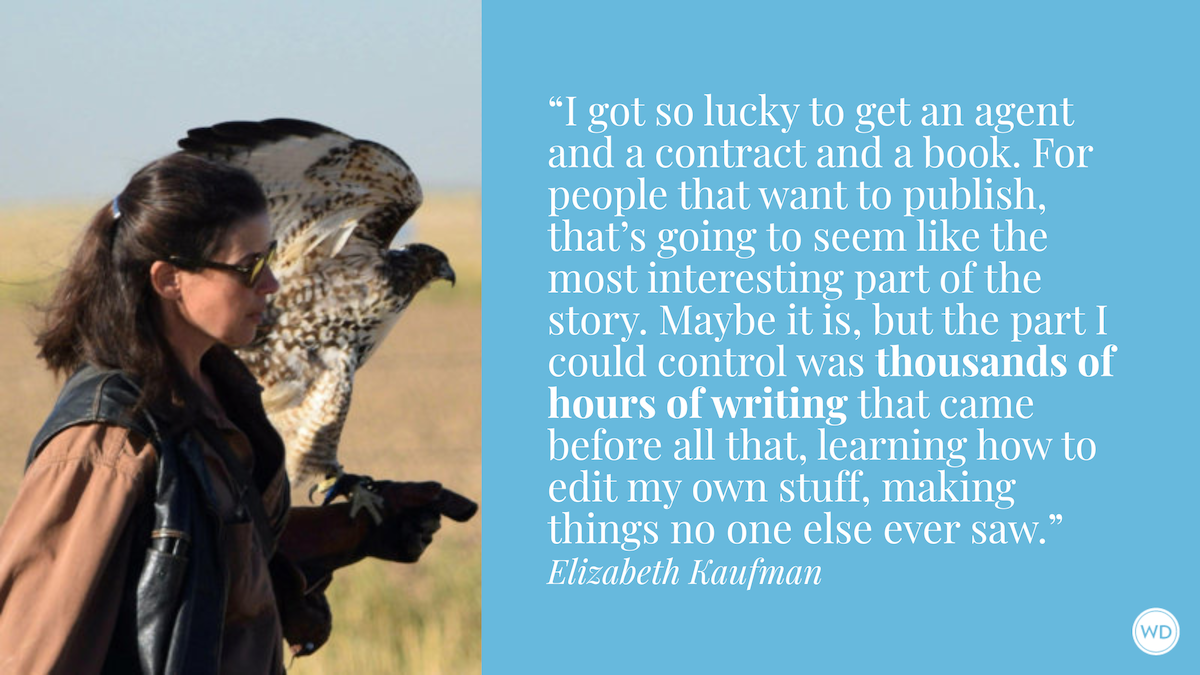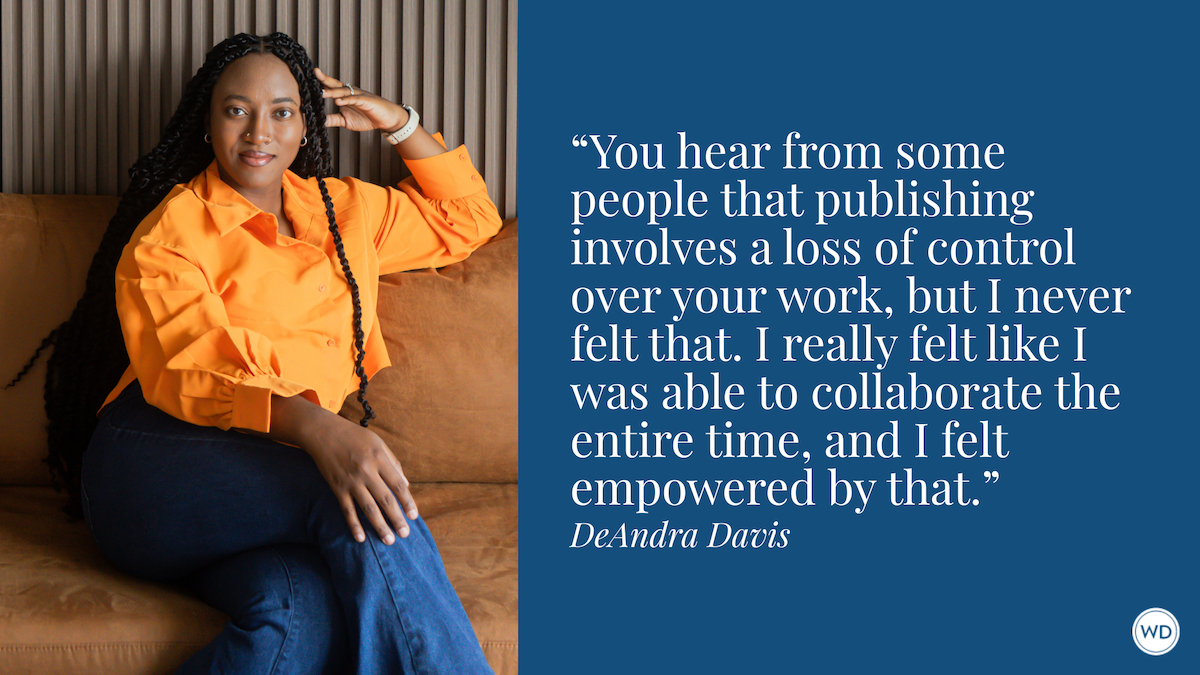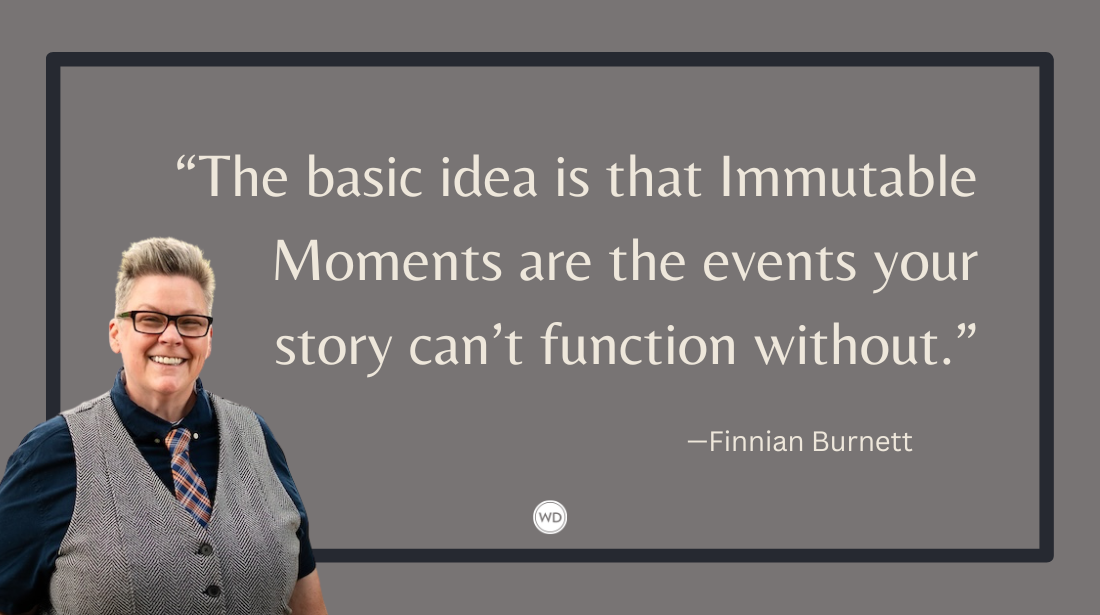10 Questions to Ask Yourself for an Airtight Plot
No matter the genre of book you’re writing, certain questions authors ask themselves can help them strengthen their plots and, by extension, strengthen their stories. Here, authors Boyd Morrison and Beth Morrison share 10 questions to ask yourself for an airtight plot.
When we were creating our novel The Lawless Land, the two of us—one in Seattle and the other in L.A.—spent many hours on the phone working on the story. As brother-sister collaborators, we were able to solve our plot problems by asking each other questions that got at the root of our sticking points. It was a great device for thwarting writer’s block.
Even if you’re working on a novel by yourself, you can still use the same technique. Self-interrogation may sound awkward or intimidating, but it’s simply a tool to reset yourself and figure out why you can’t move forward or why a plot point isn’t working. Maybe you create a document where you literally ask yourself questions in writing and then type your answers back to yourself. Or try talking through your problem with a trusted friend or family member just to bounce ideas off them.
Whatever your method, it also helps to know what questions to ask. We found that the following questions were the ones we most often asked each other. They were also the ones that produced the best solutions or got us over the hump when we were unsure of where to go next with our story.
10 Questions to Ask Yourself for an Airtight Plot
1. What do your characters want vs. what do they need?
This basic question is at the heart of any story, particularly for your protagonists. The answer will not only drive the narrative and themes you want to explore, but it will also make your characters active instead of passive participants. For an example from our story, disgraced medieval knight Gerard Fox wants to get his stolen land back and clear his reputation. But his actual need—one he is not even fully aware of—is for belonging and purpose in a world gone mad. Everything he does in the novel reflects the tension between those two goals, and that drives the story forward.
2. Why is your character doing what they’re doing right now?
Sometimes we had our characters do something simply because we came up with a cool action scene or confrontation we wanted to include. When we stepped back and thought about it, though, we realized that the character had no motivation for what they were doing. Worse, based on how we’d developed the character, they actually might have done the opposite action from what we wrote for them. You have to really think about why a character in a dire situation might not simply do the logical thing—run the other way or call the cops or avoid venturing into that darkened basement. Until you can answer that in a way that’s not contrived, you still have work to do.
3. What are your assumptions about the problem you’re trying to solve?
It can be easy to get locked into one way of approaching a plot element. You’ve made assumptions about what has to happen. But if something isn’t working, you have to give yourself permission to shake up your assumptions. In one scene of our book, we had Fox propose a clever tactic to outwit the villains, but we realized his companion Lady Isabel would more likely have that crucial knowledge, so we changed up our assumptions and gave her the line instead. On the flip side, you need to ask yourself what new problems you might be creating by changing a plot element. Everything in the story should have consequences, good or bad.
IndieBound | Bookshop | Amazon
[WD uses affiliate links.]
4. What’s the worst thing that could happen at this moment?
If the plot of your story is getting boring, that will make you as the author bored with the book as well. Often, that happens because the challenges for your protagonists are too easily solved. Sometimes we love our characters too much and we don’t want things to go badly for them. You have to harden your heart in this case. If your heroes are progressing too swimmingly, think about what the absolutely worst thing to happen to them could be. And then do it.
5. Does this make sense?
If something is nagging at you—that a plot element doesn’t seem quite right—it could be that it doesn’t make sense. Whether it’s a convenient coincidence, a plot development not supported by the story that’s come before, or a character acting in an inconsistent way, readers will see right through a contrived scene. It will be apparent that the author just didn’t spend the time and energy to come up with something better. If it doesn’t make sense, change it or get rid of it.
6. Does this add anything to the story?
You have to ask yourself if something is in the story just because you like it. It’s fun, it’s clever, it’s interesting. Maybe you want to show off all the research you’ve done. But extraneous information or scenes can be tedious. We cut out a number of fascinating details about life in the Middle Ages simply because they were bogging down the story.
7. What if?
This is an old standby, but it works. If you find yourself stuck, brainstorm a list of 10 ideas to get yourself out of it. By coming up with so many, you’ll be forced to produce non-obvious solutions to your problem.
8. Are things getting too complicated?
We found that we kept piling new ideas onto our story, but eventually it became so convoluted that we couldn’t keep track of our own plot. By streamlining your story, you can keep the reader engaged in wanting to find out what happens next.
9. Is the reader going to care?
There are so many things to think about when you are creating a story that it’s easy to get distracted by the details. You might get led down a two-hour-long Google rabbit hole when doing your research to determine the exact amount of money it cost to stable a horse in 1351. Few, if any, readers will care. In a case like this, it was simpler to say that the rider paid the stable fee before heading off for the cathedral. The amount didn’t matter.
10. Do the protagonists solve their problem themselves, or do they rely on someone else to solve it for them?
In a satisfying story, the hero or heroine doesn’t hope the cavalry rides in to save the day. They solve their dilemmas through cleverness, determination, and guts. So, it’s always important to check in on whether your protagonist is being led through the story by events happening to them or they are propelling the story by making the events happen. If the climax of your story is the direct result of your protagonist’s actions, you’ll leave readers happy with their experience reading your book and wanting more.
Boyd and Beth Morrison are a brother-sister collaborative writing team. Boyd Morrison is the #1 New York Times bestselling author of 12 thrillers, including six collaborations with Clive Cussler. His first novel, The Ark, was an Indie Next Notable pick and has been translated into over a dozen languages. He has a Ph.D. in industrial engineering from Virginia Tech. Beth Morrison is Senior Curator of Manuscripts at the J. Paul Getty Museum. She has curated several major exhibitions, including "Imagining the Past in France, 1250-1500," & "Book of Beasts: The Bestiary in the Medieval World." She has a PhD in the History of Art from Cornell University.



